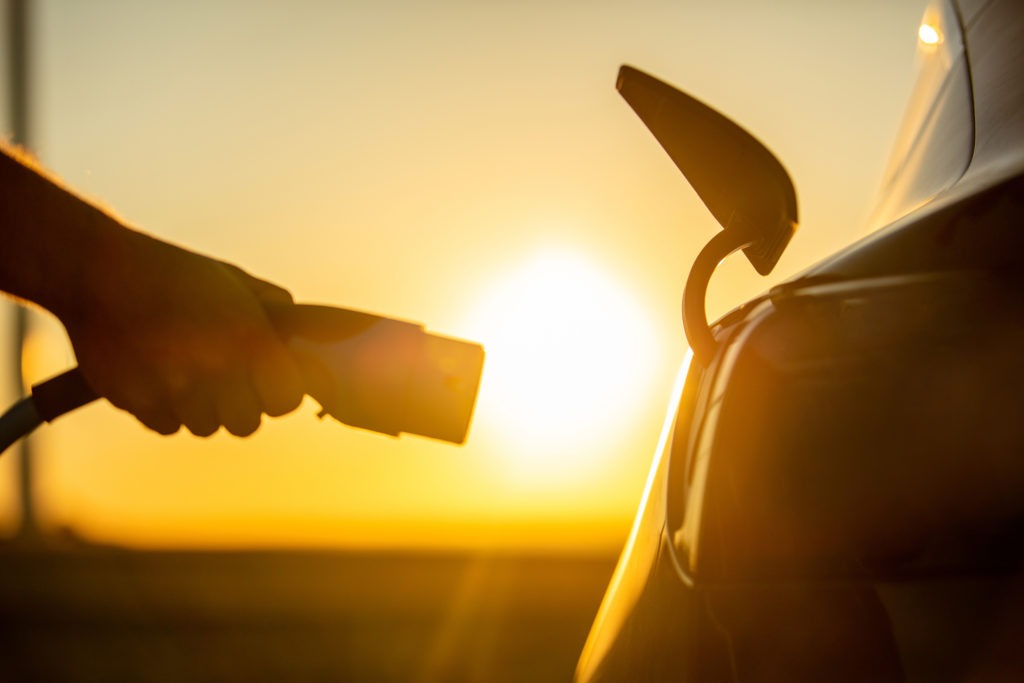Launch Report: ‘Dawn of a new age’ for the Opel/Vauxhall Astra
11 February 2022

The launch of the ‘L’ generation of the Opel/Vauxhall Astra could be described as ‘the dawn of a new age’. Developed and produced in Rüsselsheim, Germany, under the direction of Stellantis for the first time, on the group’s EMP2 platform, this latest iteration shines with a modern, strong and standout design. Even with the integration of the Opel and Vauxhall brands into the PSA Group, and subsequently Stellantis, the Astra has its own identity.
The slim LED headlights in the ‘Vizor’ front are especially pleasing. This is creating a distinctive family look, along with the Mokka, which is in contrast to the comparatively staid design of previous generations. The rear end is sharper too, with a shark fin-like C-pillar and narrow rear lights sweeping around the rear-quarter.
No stone has been left unturned in the interior either. From the dual 10-inch screens, poised to give the driver a plethora of information from the dashboard, to the high-quality surfaces, punctuated with distinct sloping lines, the inside of the Astra has a very modern look. Retained are the physical buttons for air-conditioning and volume control, with Opel/Vauxhall resisting the trend to make everything accessible through a touchscreen. Interior space is good for the segment and the 421-litre boot capacity is excellent. In the rear, legroom has been increased as the car’s length has grown by 4cm.
The new Astra is attractively priced and well equipped, although list prices are arguably too close to those of the Peugeot 308 in France, for example. ‘There should be a bigger gap between the two brands given the positioning of Opel in the market,’ suggested Ludovic Percier, residual value and market analyst, Autovista Group France.

This is the first Astra to be produced on a Stellantis platform, taking advantage of the wider company’s technical expertise and knowledge of the European market and its handling needs. The torsional rigidity of the new model has improved by 14%, which is perceivable when driving the car as it feels much sharper than its predecessor. The suspension strikes a good balance between sporty and comfortable, but the Astra is slightly heavier, by about 30kg, than its main rivals, which has a negative impact on acceleration.
When it comes to powertrain options, the range offered at launch is sufficiently large, including two petrol units with 110hp and 130hp, a plug-in hybrid (PHEV) variant with 180hp, and a 130hp diesel engine. A second, more powerful PHEV with 225hp will be made available, as well as further internal-combustion engine (ICE) options. A battery-electric version has also been announced for early 2023, which avoids the risk of alienating customers who are willing to switch to electric but prefer a more conservative design.
The C-hatchback segment is highly competitive, with strong rivals including the Volkswagen (VW) Golf, Ford Focus, Renault Megane, as well as Stellantis stablemates – the Peugeot 308 and Citroën C4. Furthermore, the C-segment is being increasingly abandoned by private users as they switch to compact SUV models, which explains the planned launch of the Astra Cross in 2023. The segment is also heavily fleet-oriented, which is a clear risk for residual values (RVs) after 36 and 48 months.
View the Autovista Group dashboard, which benchmarks the Opel/Vauxhall Astra in Austria, France, Germany, and the UK for more details. The interactive launch report presents new prices, forecast RVs, and SWOT (strengths, weaknesses, opportunities, and threats) analysis.



